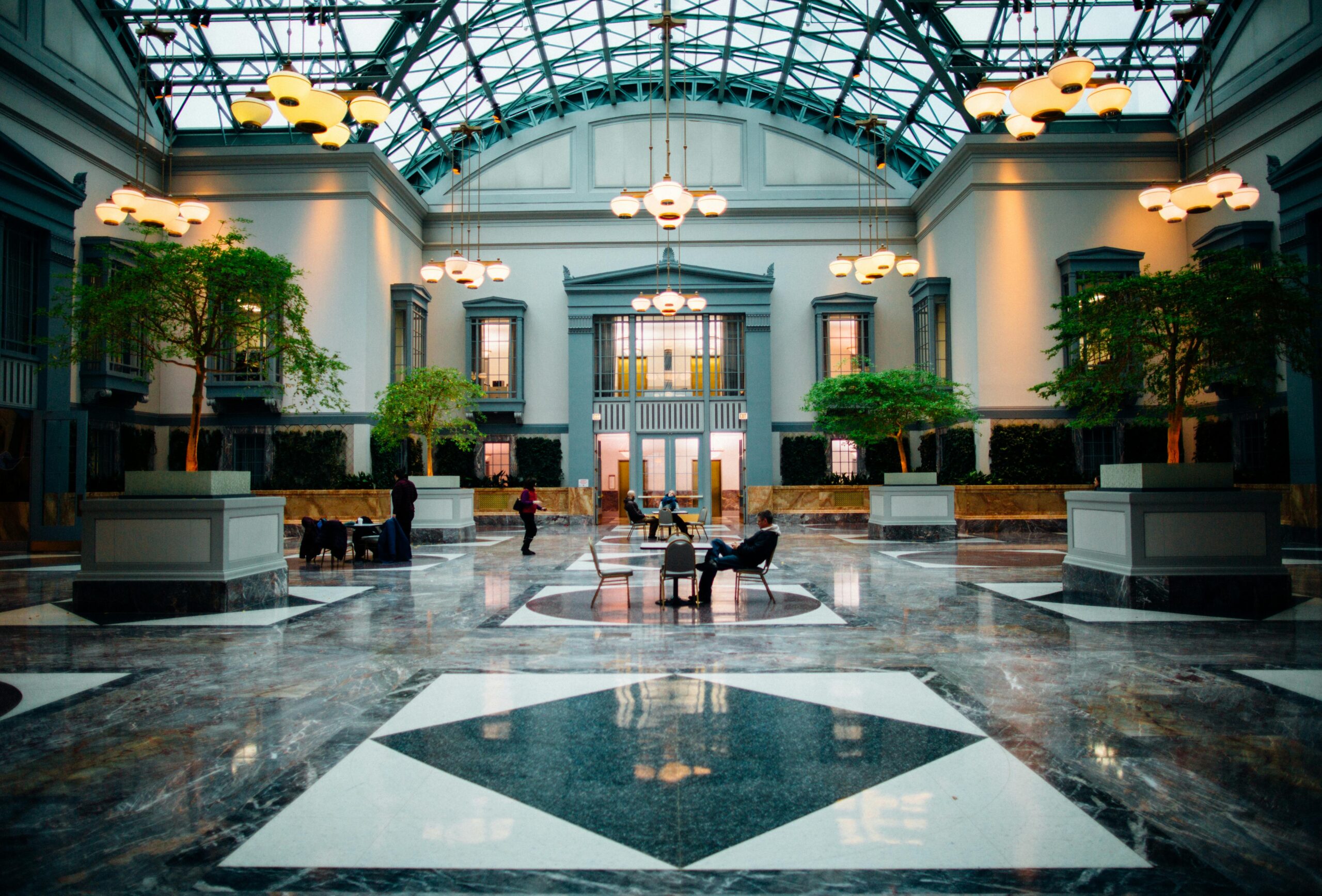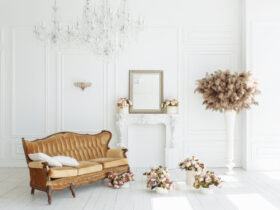Discover the fascinating world of color psychology and how it can transform your home and uplift your mood. Learn the secrets behind each hue and incorporate them strategically to create a harmonious and inspiring living space.
Have you ever entered a room and experienced an immediate uplift? Or stepped into a space that made you feel calm and relaxed? The secret behind these transformative experiences lies in the power of color. Colors may evoke strong feelings in us, impact our moods, and give our houses a distinctive environment. In this blog post, we will delve into the captivating realm of color psychology and uncover how it can enhance your living space and uplift your mood.
Colors That Speak to the Soul
Colors possess an innate ability to evoke specific emotions and sensations within us. From vibrant reds to serene blues, each hue has its own story to tell. Let’s explore some of the most captivating colors and the emotions they elicit:
1. Radiant Red
Red is a color that ignites passion, energy, and excitement. It’s associated with love, power, and vitality. Incorporating touches of red into your home can create a sense of warmth and vibrancy. Consider adding red accents like cushions, artwork, or even a bold red statement wall to infuse your space with vitality.
2. Serene Blue
Blue is renowned for its calming and relaxing properties. It promotes tranquility, peace, and relaxation. Incorporating shades of blue into your bedroom or living room can create a serene oasis for unwinding after a long day. Experiment with different hues, such as sky blue, navy, or teal, to find the perfect shade that resonates with you.
3. Cheerful Yellow
Yellow is the color of sunshine, happiness, and optimism. It stimulates mental clarity and enhances creativity. Infuse your home office or creative space with yellow accents to boost productivity and inspire innovative thinking. A vase of bright yellow flowers or a piece of artwork featuring this joyful hue can work wonders in lifting your spirits.
4. Nurturing Green
Green represents nature, growth, and harmony. It has a calming effect and promotes a sense of balance and renewal. Integrate potted plants or leafy wallpapers into your living space to bring the soothing essence of nature indoors. It won’t just improve your mood; it will also clean the air and provide a revitalizing atmosphere.
5. Elegant Purple
Purple is a color often associated with luxury, royalty, and spirituality. It arouses feelings of mystique, imagination, and refinement. Incorporate shades of purple into your bedroom or meditation space to create an atmosphere of tranquility and inner peace. Consider using lavender-scented candles or soft purple bedding for a touch of serenity.
Creating Harmony with Colors
It’s time to discover the tricks of developing a harmonious color scheme for your house now that we have examined the psychological effects of various hues. Here are some pointers to get you going:
- Knowing how to combine colors: While certain colors work well together, others produce a startling contrast.
- Understanding Color Combinations: Some colors naturally complement each other, while others create a striking contrast. Explore the color wheel to discover complementary, analogous, or monochromatic color schemes that resonate with your desired atmosphere.
- Consider Room Function: Different rooms serve different purposes, and colors can help enhance their intended function. For instance, vibrant and energizing colors work well in social spaces like the living room or kitchen, while soft and soothing hues are more suitable for the bedroom or study.
- Pay Attention to Lighting: Lighting can significantly influence how colors appear in a room. Natural light brings out the true essence of colors, while artificial lighting can alter their appearance. Consider the lighting conditions in each room and choose colors that harmonize well under those circumstances.
- Start Small: If you’re unsure about committing to a bold color scheme, start by introducing pops of color through accessories like rugs, curtains, or artwork. This allows you to experiment and gradually incorporate bolder hues into your space.
Remember, the key to successful color integration lies in finding the perfect balance that resonates with your personal taste and desired ambiance.
Conclusion
Colors have the extraordinary power to transform our homes and uplift our moods. Utilizing color psychology, we can design interiors that are not only aesthetically pleasing but also emotionally nourishing. From energizing reds to calming blues, each hue has a story to tell and a unique effect on our emotions. So go ahead, unlock the power of color, and create a home that speaks to your soul.
By incorporating colors strategically and understanding their psychological impact, you can curate a living space that reflects your personality, enhances your mood, and provides a sanctuary for relaxation and inspiration. So, use your imagination to its fullest potential and create a universe with colors that speak to you. Your home and your mood will thank you for it.







Find Us on Socials